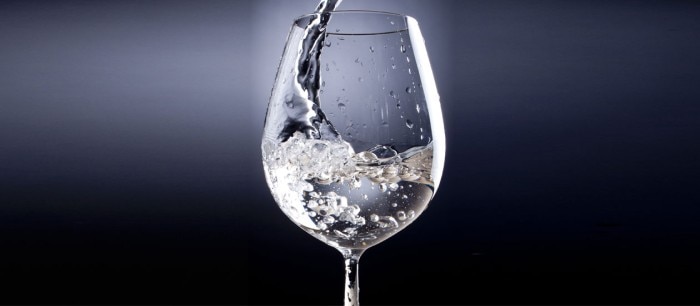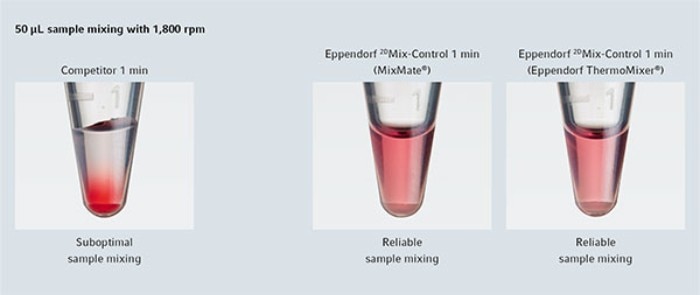MENU
IT | EUR
-
-
-
- Assistenza per bioprocessi
- Assistenza per centrifughe e rotori
- Assistenza per Mastercycler
- Assistenza per l'automazione
- Assistenza per ultracongelatori
- Assistenza per incubatori
- Assistenza per agitatori
- Assistenza per la fotometria
- Assistenza per regolazione termica e miscelazione
- Assistenza per pipette
-
-
-
-
- Assistenza per bioprocessi
- Assistenza per centrifughe e rotori
- Assistenza per Mastercycler
- Assistenza per l'automazione
- Assistenza per ultracongelatori
- Assistenza per incubatori
- Assistenza per agitatori
- Assistenza per la fotometria
- Assistenza per regolazione termica e miscelazione
- Assistenza per pipette
-
IT | EUR
-
- Centrifughe da banco
- Centrifughe da pavimento
- Centrifughe refrigerate
- Microcentrifughe
- Centrifughe multiuso
- Centrifughe ad alta velocità
- Ultracentrifughe
- Concentratore
- Prodotti IVD
- High-Speed and Ultracentrifuge Consumables
- Provette per centrifughe
- Piastre per centrifughe
- Gestione degli apparecchi
- Gestione di campioni e informazioni
-
- Pipettaggio manuale & dispensazione
- Pipette meccaniche
- Pipette elettroniche
- Pipette multicanale
- Pipette e dispenser a spostamento positivo
- Pipettaggio automatico
- Dispenser per flaconi
- Controller per pipette
- Puntali per pipette
- Consumabili per l'automazione
- Accessori per dispenser e pipette
- Accessori per l'automazione
- Servizi di assistenza per dispenser e pipette
Sorry, we couldn't find anything on our website containing your search term.

Facing Irregular Mixing Results in Your Microtube?
Jan Bebermeier Lab Academy
- Miscelatori e agitatori
- Saggio
Mixing 50, 100, or even 1,000 mL is a simple process. Due to the available volume you can easily create a vortex within your vessel, resulting in very well mixed samples. Low volume mixing is different. Special processes are needed to avoid capillary effects, meaning stuck liquid samples.
Reliable sample mixing is far beyond simple mixing, especially when talking about microliter volumes. Microtubes or microplates of 200 µL or 500 µL volume have a very small diameter of a few millimeters. A droplet of e.g. 50 µL tends to stick in one droplet which is moved around by the mixing process. Due to this droplet movement, there is no real mixing within the droplet. As a result, your sample is not mixed within itself but steadily shifted around within the vessel.
Meno informazioni

This mixing can be shown by a topview time-lapse photography of controlled mixing. The pictures show the same well of a skirted Eppendorf twin.tec® PCR Plate 96, filled with 75 μL of water with dye Ponceau 4R. The first picture on the left shows a sample without mixing. Picture two-to-five show a controlled mixing at 1,650 rpm mixing speed (4 time-lapse photos). The droplet clearly changes its shape, resulting in internal mixing processes.
The 2D Mix-Control technology enables liquid mixing in a very controlled, circular movement. Besides the efficient mixing, the lack of chaotic splashing enables mixing without lid wetting or cross-contamination.
The 2D Mix-Control technology enables liquid mixing in a very controlled, circular movement. Besides the efficient mixing, the lack of chaotic splashing enables mixing without lid wetting or cross-contamination.
Meno informazioni
Mixing Comparison
Meno informazioni

Mixing a liquid sounds easy. But this set of pictures show the gap between suboptimal mixing and reliable sample mixing. Especially when cost-intensive downstream applications will follow the mixing process, a 100% and reliable mixing of your samples is mandatory.
Meno informazioni

